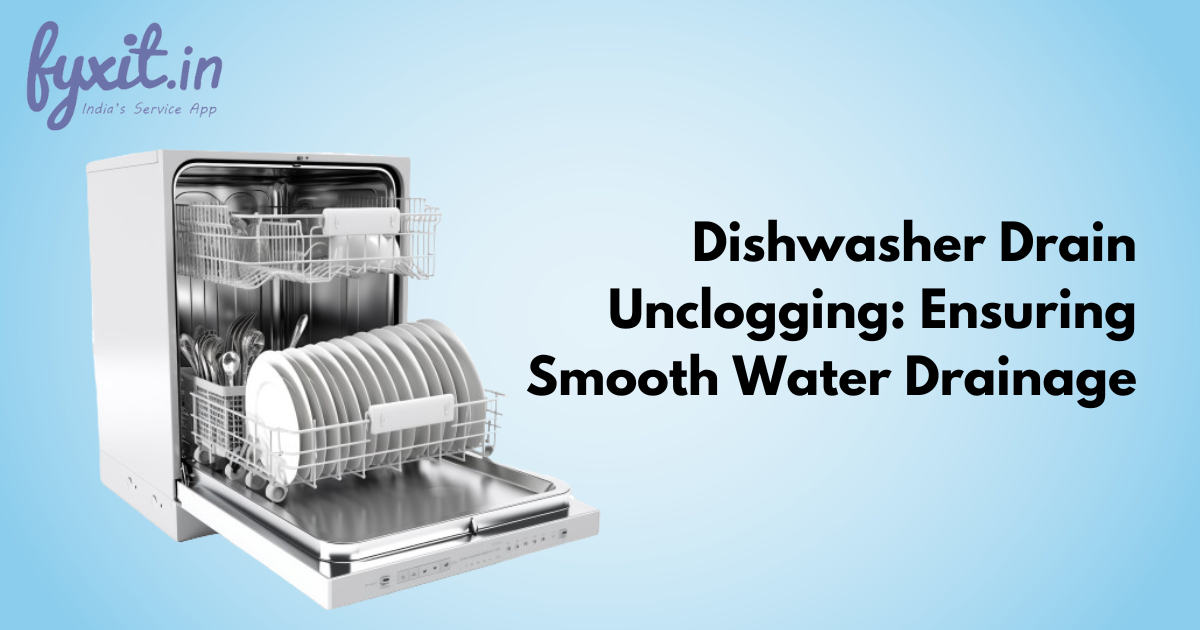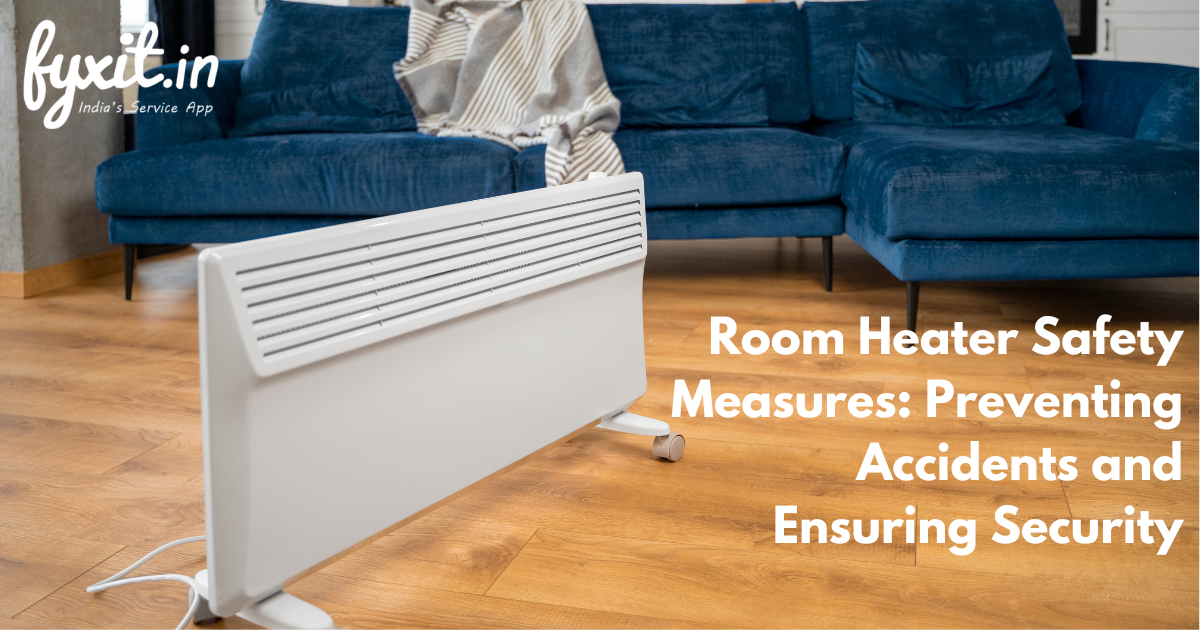Winter can be a beautiful time of year with its snow-covered landscapes and cozy evenings by the fire. However, it can also pose challenges to your household appliances. Cold temperatures, humidity changes, and power outages can all have adverse effects on your appliances. To ensure your devices remain in top working condition throughout the winter, it’s crucial to winterize them. Let’s explore the best practices for protecting your appliance during the cold season.
Highlights
- Cold Weather Impact: Understand that cold weather can have adverse effects on appliances, including freezing, reduced efficiency, and potential damage.
- Refrigerators and Freezers: Check and clean seals, avoid overfilling, and maintain clean coils to keep these appliances running efficiently.
- Washing Machines: Protect water lines from freezing and prevent mold and mildew growth by leaving the door ajar.
- Dishwashers: Insulate the dishwasher door and ensure it’s connected to hot water to maintain washing performance.
- Water Heaters: Adjust the water heater’s temperature and insulate the tank to save energy.
- HVAC Systems: Change filters, schedule maintenance, and consider using smart thermostats for efficient heating.
- Electronics: Keep electronic devices warm and shield outdoor electronics from the cold.
- Backup Power Sources: Check the condition of generators and uninterruptible power supplies (UPS) for emergency power during outages.
- Preventive Maintenance: Regularly maintain appliances to ensure they perform optimally during the winter.
- Unplug When Not in Use: Unplug secondary appliances that are not in use to conserve energy and reduce wear and tear.
- Emergency Preparedness: Be prepared for power outages with emergency supplies and follow safe practices during outages.
Table of Contents
The Impact of Cold Weather on Appliance
Before delving into how to winterize your appliances, it’s essential to understand how cold weather can affect them. Low temperatures can lead to several problems:
- Freezing: Water left in water lines or filters can freeze, causing pipes to burst and damage to your appliances.
- Decreased Efficiency: Appliances like refrigerators and freezers have to work harder to maintain their designated temperatures, leading to higher energy consumption.
- Reduced Battery Performance: Battery-operated devices, such as smoke detectors and cordless phones, may suffer from shortened battery life in cold temperatures.
- Condensation: When appliances are exposed to fluctuating temperatures, condensation can form inside them, leading to short-circuits and malfunctions.
- Brittle Plastic Parts: Plastic components in appliances can become brittle in cold weather, increasing the risk of breakage.
Winterizing Tips for Your Appliance
Refrigerators and Freezers:
- Check the Seals: Ensure that the seals on the doors of your fridge and freezer are in good condition. Worn or damaged seals can let in cold air, making your appliance less efficient.
- Avoid Overfilling: Overloading your refrigerator or freezer impedes air circulation, causing your appliance to work harder. Keep them at the recommended capacity.
- Maintain Room Temperature: If you have a secondary refrigerator in your garage or another unheated space, consider moving it to a warmer location for the winter. Cold temperatures can affect its efficiency.
- Clean the Coils: Dust and dirt on the coils behind your fridge can lead to reduced efficiency. Vacuum them regularly to keep your appliance running smoothly.
Washing Machines:
- Protect Water Lines: Washing machine water lines are prone to freezing. Disconnect and drain them to prevent damage.
- Leave the Door Ajar: After your last load, keep the washing machine door slightly open to allow for airflow. This helps prevent mold and mildew growth in a cold and damp environment.
Dishwashers:
- Insulate the Door: If your dishwasher is near an outside wall or in a colder part of your home, insulate it with a towel or special door covering to maintain a more consistent temperature.
- Run Hot Water Before Use: To ensure the first fill of water is hot, run the kitchen sink’s hot water before starting the dishwasher.
Water Heaters:
- Lower the Temperature: Lower your water heater’s temperature to around 120°F (49°C) to reduce energy consumption without sacrificing comfort.
- Insulate the Tank: If your water heater is located in an unheated space, insulate it to minimize heat loss.
HVAC Systems:
- Change Filters: Dirty filters reduce heating system efficiency. Change or clean your filters regularly to maintain peak performance.
- Schedule Maintenance: Consider scheduling professional maintenance for your heating system before winter arrives. This can help identify and address potential issues.
- Install a Smart Thermostat: Smart thermostats allow you to adjust your home’s temperature remotely, ensuring efficient energy use.
Electronics:
- Keep Electronics Warm: Electronics like computers, laptops, and game consoles can be sensitive to cold temperatures. Ensure they are in a heated room or use space heaters if necessary.
- Protect Outdoor Electronics: If you have outdoor appliances like TVs or speakers, bring them indoors during the winter months to prevent damage from the cold and moisture.
Backup Power Sources
If you rely on backup power sources like generators or uninterruptible power supplies (UPS), check their condition and perform maintenance to ensure they are ready to function in case of power outages.
Preventive Maintenance for Your Appliance
Regular preventive maintenance is essential for appliance longevity. Check user manuals for specific maintenance guidelines, and ensure appliances are serviced according to recommended schedules.
Unplug When Not in Use
If you have secondary appliances, such as a spare refrigerator or freezer, that are not required during the winter, consider unplugging them. This can save on energy costs and reduce wear and tear.
Emergency Preparedness for Your Appliance
Prepare for power outages with emergency supplies, including flashlights, candles, and non-perishable food items. Keep your appliances unplugged during an outage and avoid using backup power sources indoors to prevent carbon monoxide poisoning.
Final Thoughts
Winterizing your appliances is a proactive step in ensuring they remain in optimal working condition during the colder months. With a little care and attention, you can mitigate the effects of cold weather and potentially save on energy costs. Remember that the specifics of winterizing may vary depending on your location and the severity of the winter. Always refer to your appliance manuals and consider consulting professionals for specific advice on winterizing in extreme conditions. By following these guidelines, you can enjoy a cozy and worry-free winter season.








